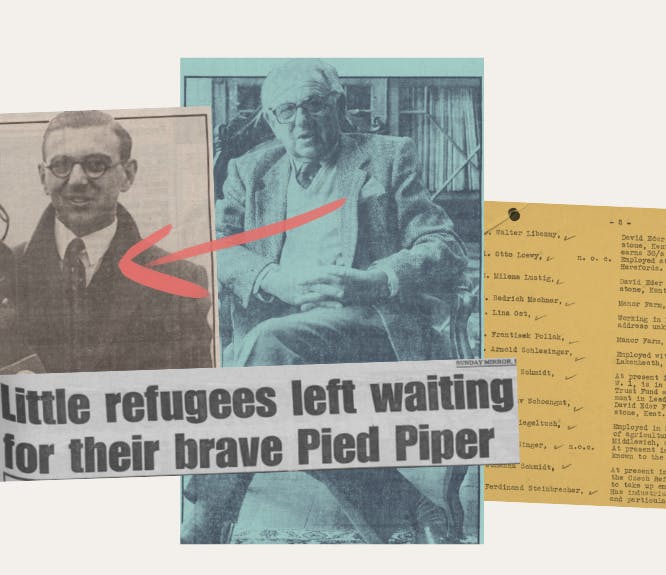6 life lessons from the women's suffrage movement
3-4 minute read
By The Findmypast Team | November 16, 2016
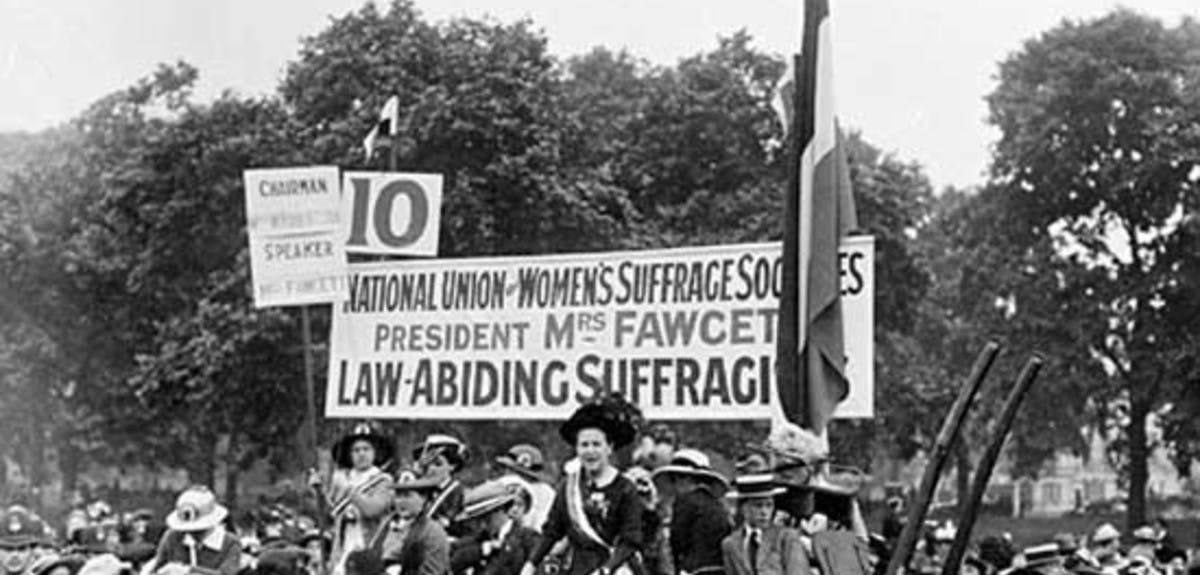
Because why bother with history if you're not learning from it.
When something's worth doing, it's worth doing ASAP. Especially when that something is addressing gross civil inequalities. The Grand Duchy of Finland led the charge on this one, and was the first European country to introduce women's suffrage in 1906, resulting in the world's first ever female MPs following the country's 1907 elections.
… being late to the party will haunt you and make you unpopular forever
Lichtenstein didn't grant women's suffrage until 1984. That's the only thing I know about Lichtenstein, so you can imagine my opinion of *that* German microstate.
Edith Garrud was heavily involved in the Votes for Women movement, and as one of the first ever female martial arts instructors, she taught the suffragettes how to fend off the brutal policemen who tried to drag them away as they were protesting.
… because sadly, violence = headlines
In 1903, frustrated by waning public interest in their campaign, some members of the National Union of Women's Suffrage broke off to form the Women's Social and Political Union (WSPU). The WSPU, led by Emmeline Pankhurst, felt that more drastic measures were necessary to capture the attention of the establishment, and in 1905, members Christabel Pankhurst and Annie Kenney acted on that instinct.
"Jiu Jitsu suffragette Edith Garrud taught her comrades how to fend off brutal policemen"
At a speech by a member of the new Liberal government, Edward Grey, 1st Viscount Grey of Fallodon, the pair called: “Will the Liberal Government give votes to women?" so incessantly that the police were called to remove them. The resulting struggle led to them being arrested and charged for assault. Both women refused to pay the fine and were imprisoned, rekindling public interest in the movement.
As the suffragettes becomes more aggressive, so did efforts to quell their activity. When suffragettes started chaining themselves to railings, pouring chemicals into post boxes, and breaking fancy windows in a bid to seize attention, the police stepped up their response. Women were forcefully dragged away kicking and screaming, and these public displays of violence towards the “fairer" sex, and their resistance to it, posed a serious challenge to the traditional caricature of the meek, bed-making housewife and her place in the world.
It's fairly well-known that suffragettes who went on hunger strike in prison suffered brutal force-feeding. Perhaps less familiar is the fact that a suffragette's class hugely informed the treatment they received. Lady Constance Lytton, an aristocrat, was handled with relative humanity during her incarcerations due to her fame and rank, and was spared force-feeding following a medical examination which revealed that her heart was too weak to take the stress.
Suspecting that she'd received preferential treatment, Lady Constance disguised herself as a seamstress for a protest in Liverpool. When she was arrested again, as a 'commoner', no medical examination was performed. Here's an extract from her account of what followed:
'He said if I resisted so much with my teeth, he would have to feed me through the nose. The pain of it was intense and at last I must have given way for he got the gag between my teeth, when he proceeded to turn it much more than necessary until my jaws were fastened wide apart, far more than they could go naturally.
Then he put down my throat a tube which seemed to me much too wide and was something like four feet in length. The irritation of the tube was excessive. I choked the moment it touched my throat until it had got down. Then the food was poured in quickly; it made me sick a few seconds after it was down and the action of the sickness made my body and legs double up, but the wardresses instantly pressed back my head and the doctor leant on my knees. The horror of it was more than I can describe.
"[[he put down my throat a tube which seemed to me much too wide and was something like four feet in length](em)
](em)
"
I was sick over the doctor and wardresses, and it seemed a long time before they took the tube out. As the doctor left he gave me a slap on the cheek, not violently, but, as it were, to express his contemptuous disapproval, and he seemed to take for granted that my distress was assumed... Before long I heard the sounds of the forced feeding in the next cell to mine. It was almost more than I could bear, it was Elsie Howey, I was sure.'
Lady Constance also noted that she received worse treatment in prison when she was “ugly", and reported that when she cut her hair short and disguised her features, she experience an immediate difference in the reaction of the authorities.
Which follows neatly into our final lesson:
Lady Constance's heartbreaking account of the force-feeding ends:
'When the ghastly process was over and all quiet, I tapped on the wall and called out at the top of my voice, which wasn't much just then, "No surrender," and there came the answer past any doubt in Elsie's voice, "No surrender"'
"[[I tapped on the wall and called out at the top of my voice, which wasn't much just then, "No surrender"](em)[](span)
](em)
"
Women's suffrage was granted in 1918, with the Representation of the People Act. This didn't apply to all women, just those over the age of 30 who were either a member or married to a member of the Local Government Register. In 1928, a decade later, women gained equal voting rights to men, meaning that all women over the age of 21 were eligible to vote.
Was your ancestor a suffragette, or involved in the Votes for Women campaign at all? Tell us about them at testimonials@findmypast.com
Related articles recommended for you
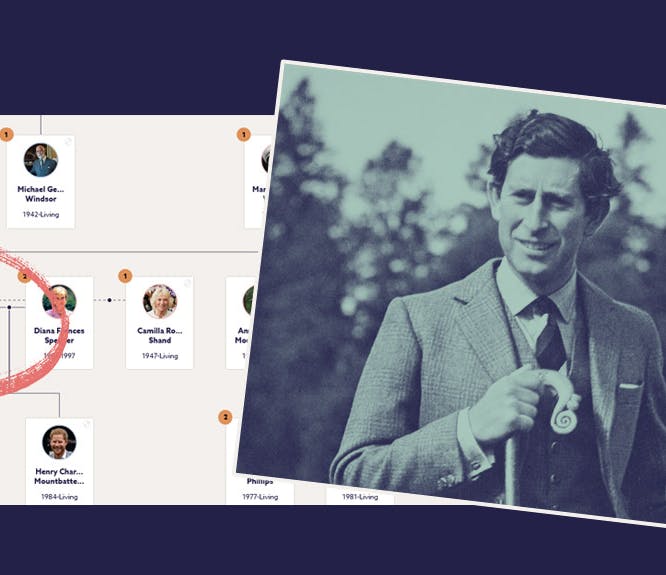
Who's who on King Charles III's family tree?
Build Your Family Tree
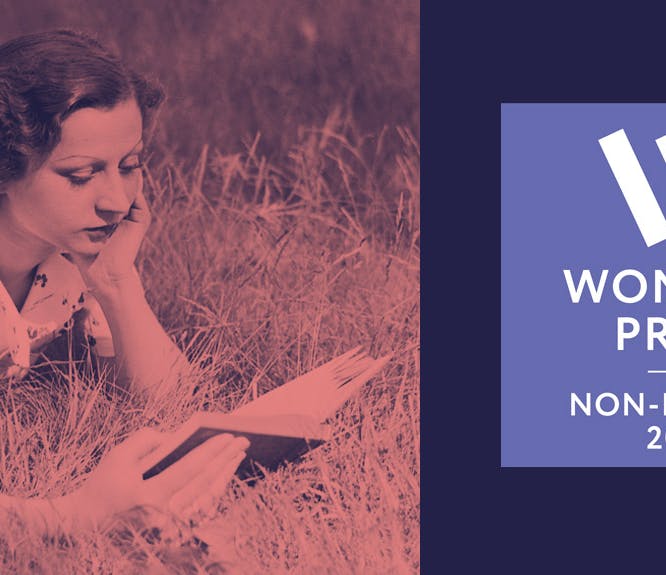
The Women's Prize Trust announces Findmypast as the inaugural sponsor of the Women's Prize for Non-Fiction
The Findmypast Community
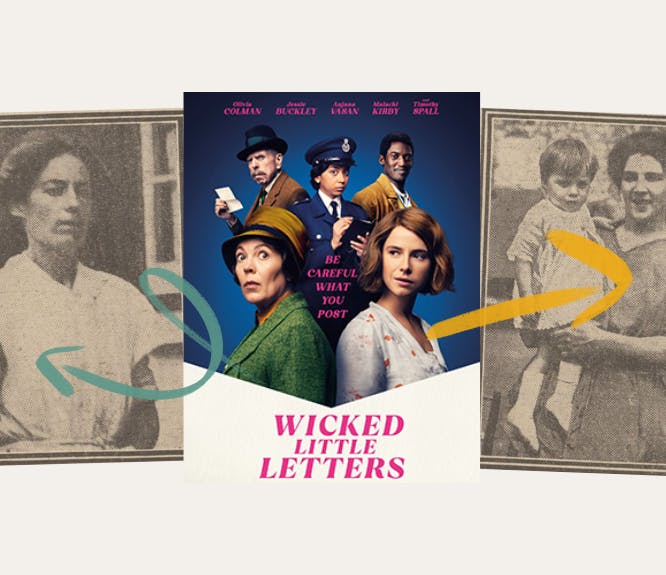
The shocking true story behind Wicked Little Letters
History Hub
